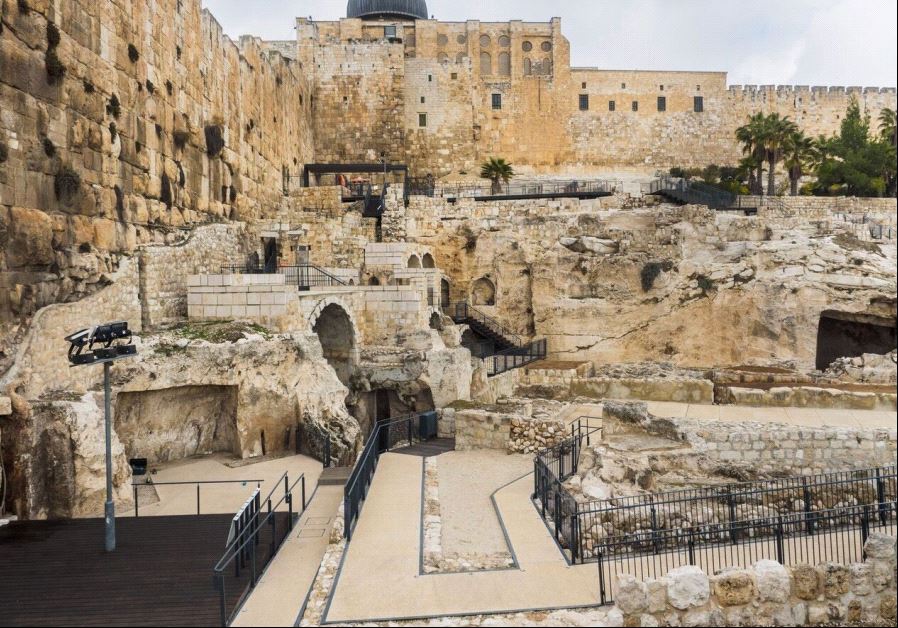New ‘mikve path’ at 2000-year-old site to be unveiled in Jerusalem National Park
"The Ophel constituted an area of transition between the secular and the sacred, and the sacred and the secular."
 A view of one of the path’s ritual baths.(photo credit: ASSAF PEREZ, COURTESY OF IAA)Updated:
A view of one of the path’s ritual baths.(photo credit: ASSAF PEREZ, COURTESY OF IAA)Updated: